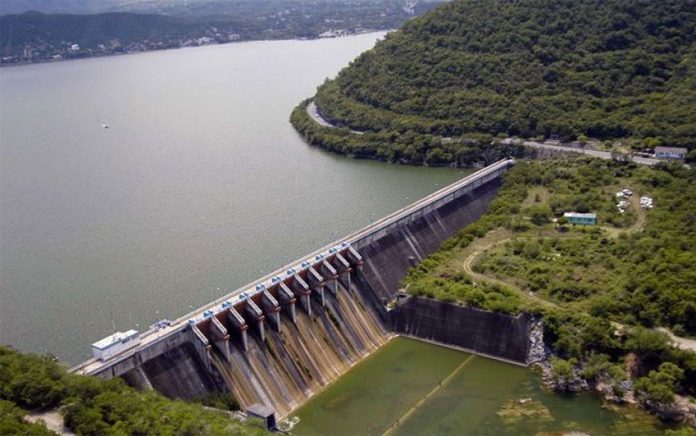Water is currently being rationed in 12 states due to drought and the resulting low water levels in many of the nation’s biggest dams.
According to a report by the National Water Commission (Conagua), water supply to Mexico City has been reduced from 10,000 liters per second to 9,000 liters because the reservoirs that feed the Cutzamala system are only at 75% of capacity.
In México state, water rationing is in effect in 13 municipalities, while in Tabasco restrictions apply to the amount of water that can be extracted from the Peñitas dam in Chiapas, which has caused shortages in the Tabasco state capital, Villahermosa.
The quantity of water available for irrigation purposes has been reduced in each of Baja California, San Luis Potosí, Nuevo León and Tamaulipas, while general water supply has been limited in parts of Oaxaca, Veracruz, Hidalgo, Querétaro and Chiapas.
Decisions to ration water are taken by state-based councils of Conagua, which reported in September that 66.6% of the country was experiencing drought of varying degrees of severity at the end of August.
Twenty-one of Mexico’s biggest dams were below 50% capacity at the end of September, while 65 others were between 50% and 75% full.
Water experts told the newspaper Reforma that the implementation of water rationing measures in 12 states shows that many parts of the country are not adequately prepared to cope with drought conditions that are expected to worsen in the coming years as a consequence of climate change.
Óscar Monroy Hermosillo, a professor and researcher at the Metropolitan Autonomous University, said it was urgent for municipal and state governments to draw up plans for the development of rainwater harvesting systems and the construction of new reservoirs.
“Our objective has to be to capture rainwater in the entire republic,” he said.
“. . . If we’re not prepared to take advantage of rain when it comes, we’ll constantly be losing it and we can’t think that we’re always going to be able to live from the aquifers or bring water from other catchment areas; that model is already reaching its limit,” Monroy added.
The academic also said that water has to be managed on a local level rather than by state authorities.
Raúl Pacheco, a water management expert at the Mexico City research university CIDE, said that climate change will cause periods of drought to lengthen and that Mexico’s cities have to adapt to that reality.
“It’s important for cities to adapt to the lack of water and to do that they need a plan . . . They must invest money and there must be coordination between environmental agencies and those working on climate change . . .” he said.
“There must be coordination agreements between cities and states in order to have a solid water adaption plan,” Pacheco added.
Elena Burns, a coordinator at the National Autonomous University Sustainability Center, said that Conagua needs to review the concessions that allow large companies to use large quantities of water.
“For example, in the Valley of Mexico, the Modelo brewery and PepsiCo have concessions for large volumes of water and on the other hand, we have zones in the urban area that [only] have water once or twice a week,” she said.
Source: Reforma (sp)
